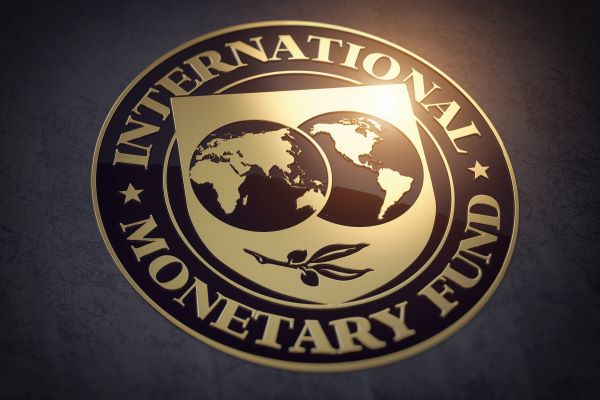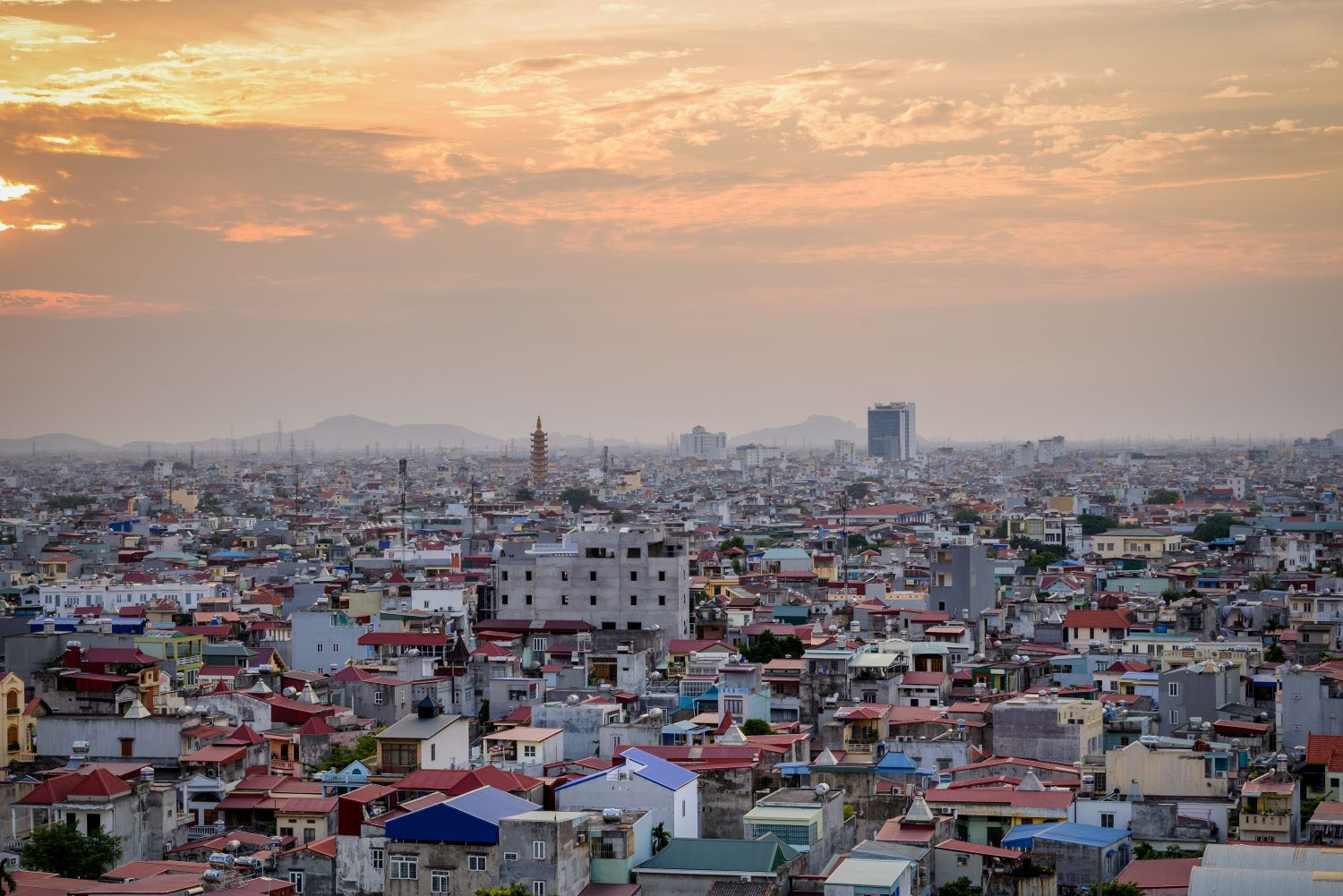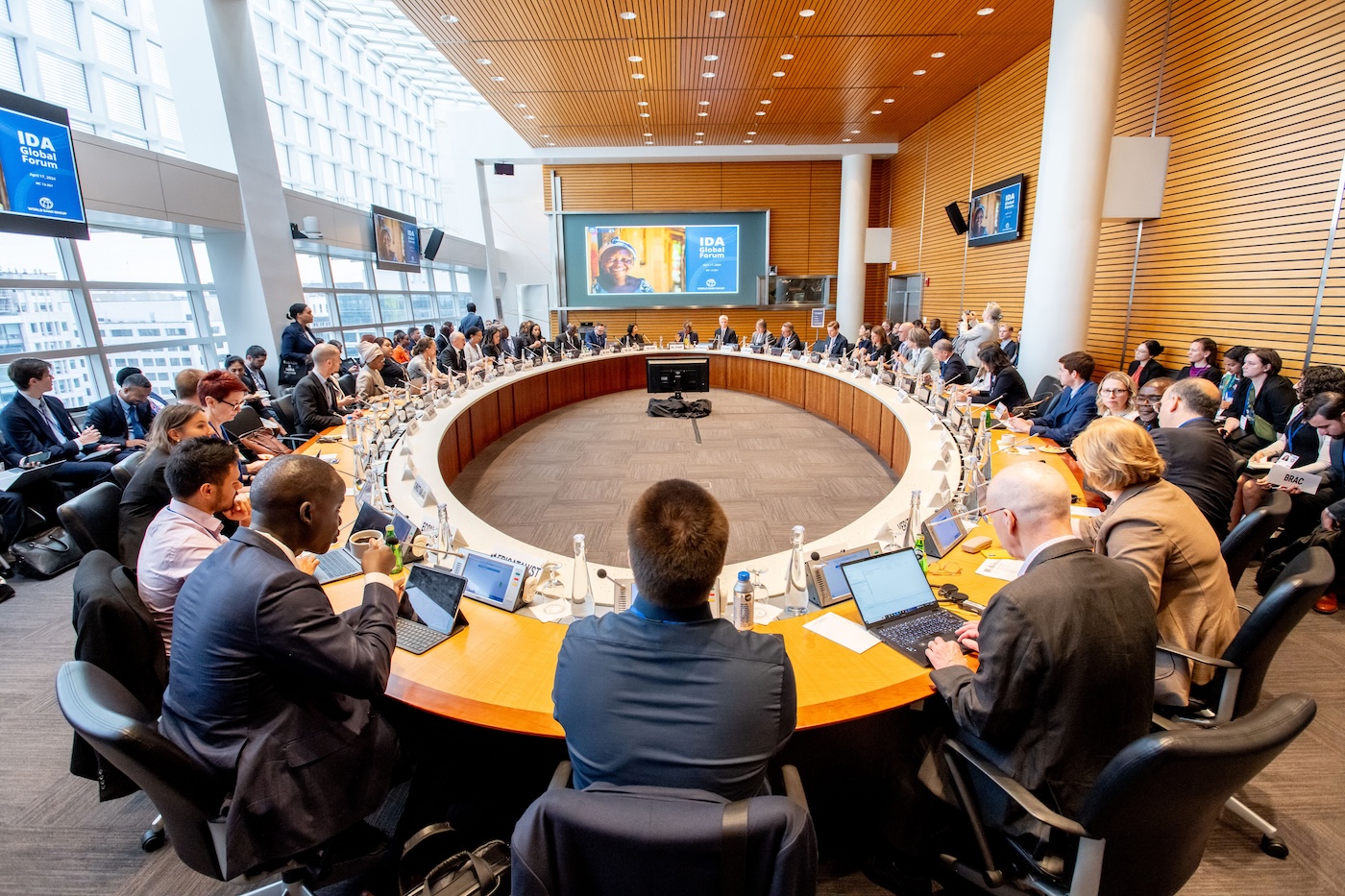Recommended

Blog Post
The IMF fell outside the scope of the recent Independent Review of Multilateral Development Banks’ Capital Adequacy Frameworks (CAF), a study of whether these banks are using the capital of their shareholding countries as efficiently as possible. The IMF’s core mandate, focusing on macroeconomic and financial stability, is distinct from that of the multilateral development banks (MDBs). And its financial structure is very different. However, as explained in a new CGD paper, the CAF review holds an important lesson for the IMF which, if acted on, could allow it to greatly increase its support for low-income countries (LICs) while maintaining its robust financial buffers.
The paper also summarizes the financial structure of the IMF’s General Resources Account (GRA)—its main balance sheet—and the much smaller operations of the Poverty Reduction and Growth Trust (PRGT) and the Resilience and Sustainability Trust (RST); explains the rationale for maintaining these as separate entities; and sets out other steps to use the IMF’s financial resources more effectively.
Most of the recommendations from the CAF review do not transfer to the IMF
The central theme of the CAF review was that MDBs could make more effective use of their limited capital resources. Improvements in their capital adequacy frameworks would allow their existing capital resources to go further, supporting higher levels of borrowing in private capital markets. This would in turn finance higher MDB lending to developing countries whose needs have been sharply increased by new challenges including climate change.
IMF lending—on its main balance sheet the GRA, and the PRGT and the RST—is financed entirely by borrowing from IMF member countries rather than capital markets. As a result, the central theme of the CAF does not apply to the IMF and most of its specific recommendations are not relevant in the IMF context.
But one recommendation is especially relevant for the IMF
The CAF review urged MDBs to give more weight to callable capital, capital which shareholders have not paid in to the banks but which could be called on in the event of an emergency. Although the MDBs all operate to avoid recourse to their callable capital, it is an important source of strength for their balance sheets. Recognizing this would allow more to be done with existing (called) capital resources. At first blush, this recommendation seems of little relevance to the IMF, which does not have callable capital. But one element of the IMF’s main balance sheet can be seen as analogous to callable capital.
The IMF’s gold holdings, mostly acquired from shareholding countries in the Fund’s early days and whose true value is masked, play a similar role to MDBs’ callable capital. There is no expectation that its gold would in normal circumstances be used directly to bolster the balance sheet. Held in the GRA at its historic cost—a tiny fraction of its market value—it stays in the background as an ultimate backstop providing additional strength to the balance sheet.
Gold could be given greater weight when assessing reserve adequacy
The IMF’s (non-gold) reserves—or precautionary balances in IMF terminology—mirror the role of capital in MDBs by providing an important defense against financial risks. For the IMF, the aim is to safeguard official resources provided by member governments—typically their central banks—that are on-lent to countries borrowing from the IMF.
Gold is not highlighted in reviews of the IMF’s reserve adequacy. Given the restrictions on gold’s use—sales require the support of 85 percent of the membership—it is not seen “as part of or an alternative to precautionary balances.” But it is undeniable that gold now provides much more financial strength than it has ever done. Although IMF lending is close to record highs, the market value of the IMF’s gold, which has more than doubled over the last 10 years to about SDR 160 billion, now stands at more than 170 percent of GRA credit outstanding, the highest it has ever been.
Recognizing the value of the IMF’s gold could free up resources to support the PRGT
As we have highlighted in earlier blogs and papers, without a large injection of new money—not loans—the capacity of the PRGT to provide subsidized loans will soon plummet, falling way below the needs of LICs. The best option, particularly while gold prices are at record highs, would be to sell a small fraction of the IMF’s gold and use the proceeds to restore and augment the lending capacity of the PRGT. But there is a high political bar for approving gold sales and no clear sign of an emerging consensus to go ahead.
But even without sales, the market value of the IMF’s gold could be leveraged, allowing some reserves to be used to support the PRGT. The IMF’s reserves (precautionary balances) are continuing to rise sharply and have reached SDR 25 billion, a level that the IMF’s Executive Board generally considers adequate to mitigate current and medium-term financial risks. A fuller recognition of the high value of the GRA’s gold would reinforce the case for using some of the reserves accumulating in coming years to raise the PRGT’s severely depleted lending capacity. Put differently, some of the IMF’s reserves on its main balance sheet could be used more effectively—to ensure continued support for LICs—without endangering the robustness of financial buffers.
Other steps should be taken to use the IMF’s financial resources more effectively
For the GRA:
The $1 trillion lending capacity of the GRA is not well suited to meeting financing needs for climate change mitigation or adaptation, in part because of limitations that are hard-wired in the IMF’s Articles of Agreement. But the essential role of the GRA in the global financial safety net would be enhanced by establishing a broad-based Contingent Credit Line that could be triggered when a large-scale global economic shock affects a substantial proportion of IMF member countries.
For the PRGT:
The strong pace of reserve accumulation in the GRA—estimated to average SDR 2.5 billion a year over the next 5 years—strengthens the argument for eliminating the PRGT’s payments to the GRA to cover administration costs. These annual payments would amount to only about 3 or 4 percent of projected reserve accumulation in the GRA over the next five years but would impose a significant burden on the PRGT, taking away resources that could otherwise be used to pay subsidies.
Resources in the PRGT’s subsidy and reserve accounts could be invested to achieve higher average returns. These gains could make a modest contribution to meeting subsidy costs.
The PRGT’s scarce subsidy resources could be better targeted. Emergency financing should remain interest free. But subsidies for borrowing under standard PRGT arrangements should be targeted on more vulnerable countries that are not expected to blend the use of PRGT with more expensive GRA resources.
Lenders should agree to receive a lower interest rate. Subsidy costs could be significantly reduced if more lenders followed the example of the UK and agreed to accept a lower interest rate.
For the RST:
If the IMF is to play more than a very minor role in climate finance, the RST will need many more resources. Without further fund-raising, demand may soon outstrip the RST’s current capacity—18 arrangements accounting for about a third of the available financing are already in place and 30 more countries are in the queue.
The lending capacity of the RST could easily be increased. The financial structure of the RST made it relatively easy for contributors by keeping budgetary costs low while preserving the reserve asset characteristics of the loans made to the RST.
Mirroring the argument made above for the PRGT, payments from the RST to the GRA to cover administrative costs should also cease. This could make an important contribution to lowering interest costs for low-income borrowers
Disclaimer
CGD blog posts reflect the views of the authors, drawing on prior research and experience in their areas of expertise. CGD is a nonpartisan, independent organization and does not take institutional positions.
Image credit for social media/web: jakartatravel / Adobe Stock







